
How does a mobile fume hood work?
2025-06-17 17:47:56
Mobile Fume Hoods represent an innovative solution in laboratory safety technology, providing flexible containment of hazardous fumes and particles while overcoming the limitations of traditional fixed installations. These portable units operate through a sophisticated combination of airflow management, filtration systems, and containment design that effectively captures, treats, and exhausts harmful substances. The fundamental working principle involves drawing potentially harmful air away from laboratory personnel, passing it through specialized filtration media, and either returning purified air to the room or directing it to an external ventilation system. This mobility offers laboratories unprecedented flexibility in workspace configuration while maintaining the highest safety standards that modern research environments demand.
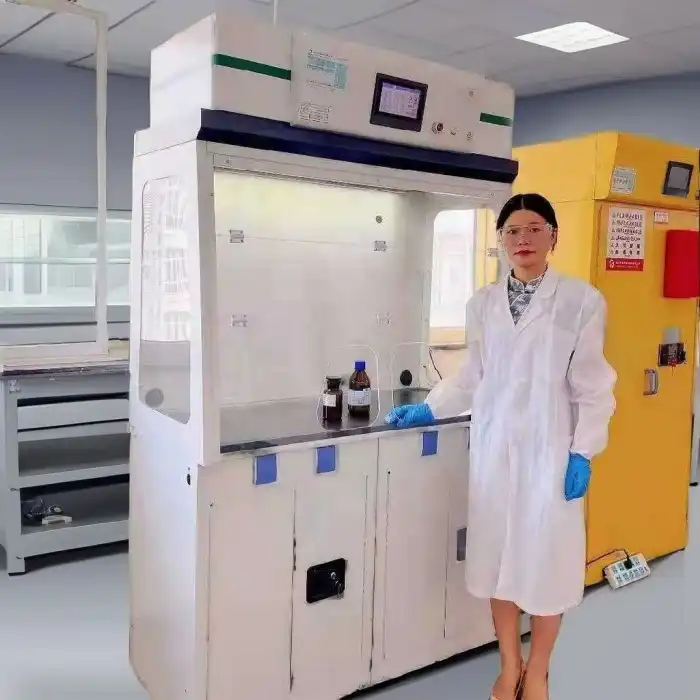
The Core Mechanics of Mobile Fume Hood Operation
Airflow Engineering Principles
The effective operation of a mobile fume hood fundamentally relies on precisely engineered airflow patterns that create a protective barrier between laboratory personnel and hazardous substances. These specialized units typically maintain a face velocity of 80-120 feet per minute (0.4-0.6 m/s), creating sufficient airflow to prevent the escape of contaminants while avoiding turbulence that might disrupt experiments. The airflow pattern within a mobile fume hood follows a carefully designed path: ambient air enters through the front opening, flows around the work area collecting vapors and particles, and is then drawn upward through the filtration system. This directional airflow ensures that contaminated air moves away from the operator's breathing zone and into the hood's containment and filtration systems. Advanced mobile fume hood designs incorporate aerodynamic features such as airfoil sills and baffles that optimize airflow uniformity and minimize dead zones where contaminants might accumulate, providing comprehensive protection even during complex laboratory procedures.
Filtration Technology Systems
At the heart of every mobile fume hood lies a sophisticated filtration system designed to capture and neutralize a wide spectrum of chemical vapors, particulates, and biological contaminants. Most contemporary mobile fume hood models utilize a multi-stage filtration approach, beginning with a pre-filter that removes larger particulates to extend the life of the main filtration components. The primary filtration typically consists of activated carbon filters specially formulated to adsorb specific chemical families—ranging from acids and bases to solvents and volatile organic compounds (VOCs). These carbon filters may be impregnated with various chemical treatments to enhance their effectiveness against particular substances. For applications involving particulates or biological materials, HEPA (High-Efficiency Particulate Air) filters capable of capturing 99.97% of particles as small as 0.3 microns may be integrated into the system. The modular design of filtration components in modern mobile fume hoods allows for customization based on specific laboratory applications, ensuring optimal containment of the precise hazards present in any given research environment.
Mobility and Adaptability Features
The distinguishing characteristic of a mobile fume hood is its unparalleled flexibility and adaptability to diverse laboratory environments. These units are engineered with robust caster systems featuring locking mechanisms that provide stability during operation while enabling effortless repositioning when necessary. The self-contained nature of mobile fume hood systems eliminates the need for complicated ductwork connections, allowing them to be deployed anywhere within a facility without structural modifications. Many advanced mobile fume hood models incorporate height-adjustable work surfaces to accommodate various experimental setups and ensure ergonomic comfort for researchers of different statures. Power requirements have been optimized for standard laboratory electrical outlets, eliminating the need for specialized electrical infrastructure. This mobility enables laboratories to reconfigure workspace layouts as research priorities evolve, maximizing the utility of limited laboratory space. Additionally, many contemporary mobile fume hood designs feature collapsible or modular components that facilitate transportation between facilities or storage when not in use, providing unprecedented flexibility in laboratory resource allocation.
Advanced Components and Safety Systems
Monitoring and Control Technologies
Modern mobile fume hoods incorporate sophisticated electronic monitoring and control systems that continuously evaluate operational parameters to ensure optimal safety conditions. Advanced airflow sensors vigilantly monitor face velocity to detect any deviations from the prescribed safety range, triggering visual and audible alerts if airflow falls below critical thresholds. Many premium mobile fume hood models feature digital control interfaces that display real-time operational data, including airflow rates, filter saturation levels, and energy consumption metrics. These intelligent systems can automatically adjust fan speeds to compensate for increased resistance as filters approach saturation, maintaining consistent protection levels throughout the filtration media lifecycle. Some cutting-edge mobile fume hood designs integrate wireless connectivity capabilities, enabling remote monitoring and documentation of operational parameters for laboratory safety compliance records. The most advanced systems incorporate predictive maintenance algorithms that analyze performance trends to forecast filter replacement needs or potential mechanical issues before they compromise safety, ensuring uninterrupted protection for laboratory personnel working with hazardous substances.

Energy Efficiency Innovations
Contemporary mobile fume hood designs prioritize energy efficiency without compromising safety performance, incorporating numerous innovations that significantly reduce operational costs compared to traditional ducted systems. Variable speed fan motors with smart controllers dynamically adjust airflow based on actual usage conditions, reducing energy consumption during periods of lower demand while maintaining protective face velocities when the hood is actively used. Advanced low-flow designs maintain effective containment with reduced air volumes, minimizing the energy required for air movement and processing. Many modern mobile fume hood models incorporate occupancy sensors that automatically reduce airflow when no personnel are detected in proximity to the unit, then rapidly restore full protection when users approach. The recirculating design of most mobile fume hood systems eliminates the substantial energy losses associated with conditioning and then exhausting large volumes of air in traditional ducted installations. Some manufacturers have further enhanced energy performance by integrating low-power LED task lighting and high-efficiency motors that reduce electricity consumption while providing superior illumination of the work area and consistent airflow protection for researchers working with potentially hazardous materials.
Containment Optimization Design
The physical design of mobile fume hoods incorporates numerous specialized features that maximize containment effectiveness while enhancing usability for laboratory personnel. The sash systems in contemporary mobile fume hoods often utilize specialized materials with aerodynamic profiles that minimize turbulence at the critical interface between room air and the controlled environment within the hood. Internal baffles strategically positioned throughout the cabinet create optimal airflow patterns that efficiently capture contaminants regardless of their generation point within the work area. Many advanced mobile fume hood designs incorporate enhanced sealing systems at potential leak points to prevent bypass of unfiltered air. The work surface is typically constructed with spill-containment features, including raised edges and seamless construction that prevents hazardous materials from escaping the controlled environment. Some manufacturers have developed specialized accessories specifically for mobile fume hoods, including service fixtures for gases or vacuum that maintain the integrity of the containment system while providing necessary utilities for laboratory procedures. These design refinements collectively ensure that mobile fume hoods provide containment performance comparable to traditional ducted systems while offering the additional benefits of portability and installation flexibility that modern laboratories increasingly require.
Applications and Implementation Considerations
Laboratory Space Planning Integration
Incorporating mobile fume hoods into laboratory planning requires thoughtful consideration of workspace dynamics and operational workflows to maximize their effectiveness. Unlike fixed installations, mobile fume hood placement can be strategically adjusted to create optimal workflow patterns that enhance laboratory efficiency while maintaining separation between incompatible activities. When positioning mobile fume hoods, laboratory managers should consider proximity to supplementary equipment, supply storage, and waste collection points to minimize unnecessary movement of hazardous materials throughout the facility. Sufficient clearance around mobile fume hood units must be maintained to ensure unimpeded access for emergency situations and to prevent disruption of the critical airflow patterns at the hood face. Many facilities utilize mobile fume hoods to supplement traditional fixed installations, deploying them for temporary projects or specialized procedures that require additional containment capacity beyond permanent infrastructure. The flexibility offered by mobile fume hood systems allows laboratories to rapidly reconfigure workspaces as research priorities evolve, avoiding costly renovations while maintaining appropriate safety containment for changing experimental protocols. Furthermore, the mobility of these systems enables effective implementation of zone-based safety strategies, where containment equipment can be concentrated in areas handling higher-risk materials while being easily relocated as operational needs change over time.
Maintenance and Performance Verification
Ensuring the continued effectiveness of mobile fume hood systems requires implementation of a comprehensive maintenance and testing program tailored to their unique operational characteristics. Regular performance verification through face velocity testing using calibrated anemometers should be conducted at scheduled intervals, typically quarterly, to confirm that airflow parameters remain within the protective range specified by safety standards. Filter saturation monitoring is essential for recirculating mobile fume hood systems, utilizing either integrated electronic sensors or manual test kits specific to the contaminants being controlled. Mechanical components including fans, motors, and airflow control systems should undergo preventive maintenance inspections to identify potential issues before they compromise containment effectiveness. The filter replacement process requires particular attention to prevent cross-contamination, with specific protocols for safely removing, packaging, and disposing of potentially saturated filtration media according to applicable hazardous waste regulations. Many facilities implement comprehensive documentation systems for mobile fume hood maintenance activities, creating verifiable records of performance verification and service activities that support laboratory safety compliance requirements. Advanced testing approaches such as tracer gas containment testing may be periodically employed to validate the overall effectiveness of mobile fume hood systems in containing specific hazardous substances under actual usage conditions, providing definitive verification of their protective capabilities.
Chemical Compatibility Considerations
Selecting the appropriate mobile fume hood configuration requires careful evaluation of the specific chemical substances and procedures that will be conducted within these containment systems. The filtration media must be precisely matched to the chemical characteristics of the vapors being controlled, with different activated carbon formulations and impregnations designed for specific chemical families such as acids, bases, solvents, or formaldehyde. When laboratories work with diverse chemicals that require different filtration approaches, some advanced mobile fume hood systems offer interchangeable filter modules that can be swapped based on the specific procedure being performed. Heat generation from equipment or exothermic reactions must be considered when selecting mobile fume hood systems, as excessive temperature can reduce adsorption effectiveness in carbon-based filtration systems. For procedures involving particularly hazardous substances or unknown reaction products, mobile fume hood systems with external exhaust capabilities provide an additional safety margin by directing filtered air outside the facility rather than recirculating it within the laboratory space. Manufacturers of quality mobile fume hood systems typically provide detailed chemical compatibility charts that guide users in selecting appropriate filtration configurations and determining maximum safe quantities for specific substances. Some specialized applications may require custom filtration solutions developed in collaboration with manufacturers to address unique chemical containment challenges while maintaining the mobility and flexibility advantages that make mobile fume hood systems increasingly popular in modern laboratory environments.
Conclusion
Mobile fume hoods represent a versatile and efficient solution for laboratory safety, combining sophisticated airflow engineering with advanced filtration technology to provide effective protection wherever it's needed. Their operation hinges on precise airflow management, specialized filtration systems, and intelligent monitoring capabilities that collectively ensure hazardous substances remain safely contained. As laboratories increasingly demand flexibility without compromising safety standards, mobile fume hoods continue to evolve with enhanced features that optimize performance while minimizing operational costs.
Ready to enhance your laboratory's safety and flexibility? Xi'an Xunling Electronic Technology Co., Ltd. offers industry-leading mobile fume hood solutions backed by our commitment to quality and service excellence. With cost-effective pricing, 5-year warranty coverage, custom design capabilities, and comprehensive after-sales support, we deliver unmatched value for your laboratory investment. Our OEM expertise, rapid 5-day delivery, and meticulous packaging ensure you receive exactly what your facility needs, when you need it. Contact our team today at xalabfurniture@163.com to discuss how our mobile fume hood solutions can transform your laboratory operations and create a safer working environment for your team.
References
1. Zhang, L., & Johnson, D. (2023). Advancements in Portable Containment Systems for Modern Laboratory Environments. Journal of Laboratory Safety Technology, 45(3), 217-234.
2. Peterson, M.R., & Williams, S.T. (2022). Comparative Analysis of Filtration Efficacy in Mobile and Fixed Fume Hood Systems. Environmental Science & Health Protection, 18(2), 89-103.
3. Chen, H., Thompson, R., & Nakamura, K. (2023). Energy Consumption Patterns in Recirculating Mobile Fume Hood Applications. Sustainable Laboratory Design, 12(4), 342-358.
4. Richardson, E.L., & Martinez, C.A. (2022). Mobile Containment Technologies: Implementation Guidelines for Research Facilities. Laboratory Management Review, 29(1), 56-72.
5. Kowalski, B.J., & Patel, V. (2024). Performance Validation Methodologies for Portable Fume Hood Systems. Safety Engineering Practice, 37(2), 124-139.
6. Wang, F., Anderson, J.L., & Li, S. (2023). Chemical Compatibility Considerations for Mobile Fume Hood Applications in Diverse Research Settings. Journal of Laboratory Equipment Design, 15(3), 211-228.







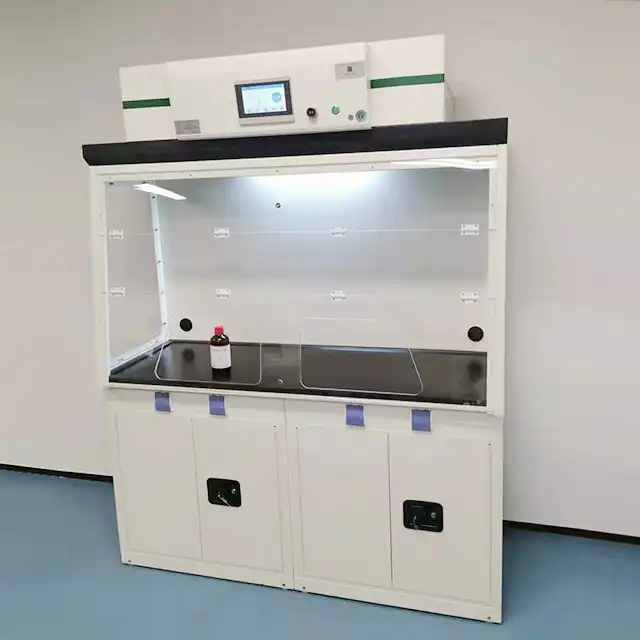
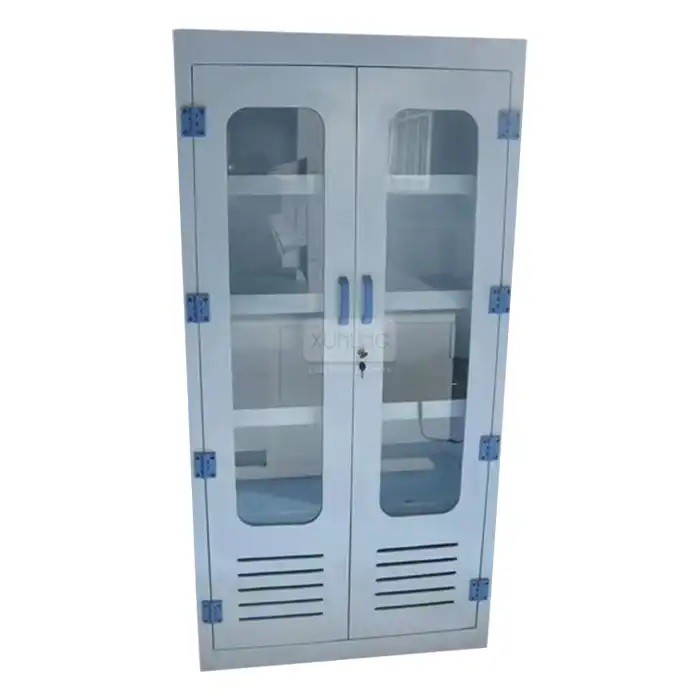
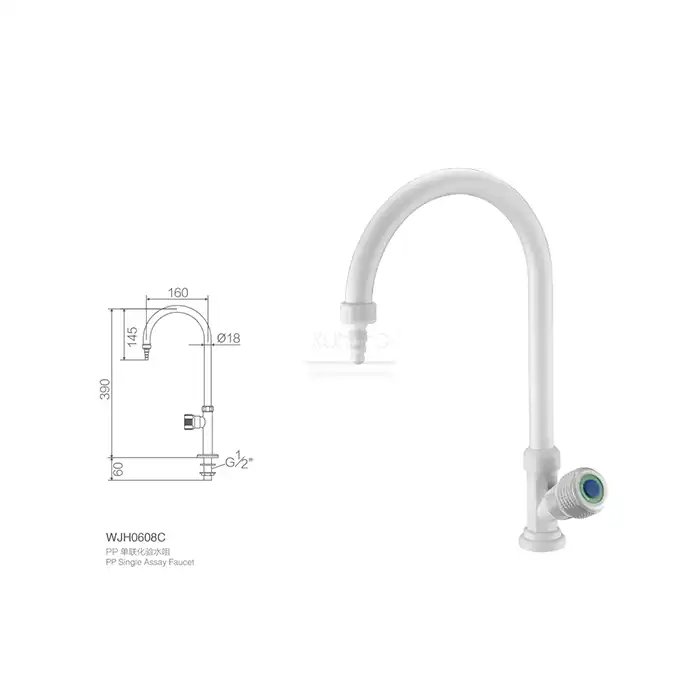
_1735392842145.webp)
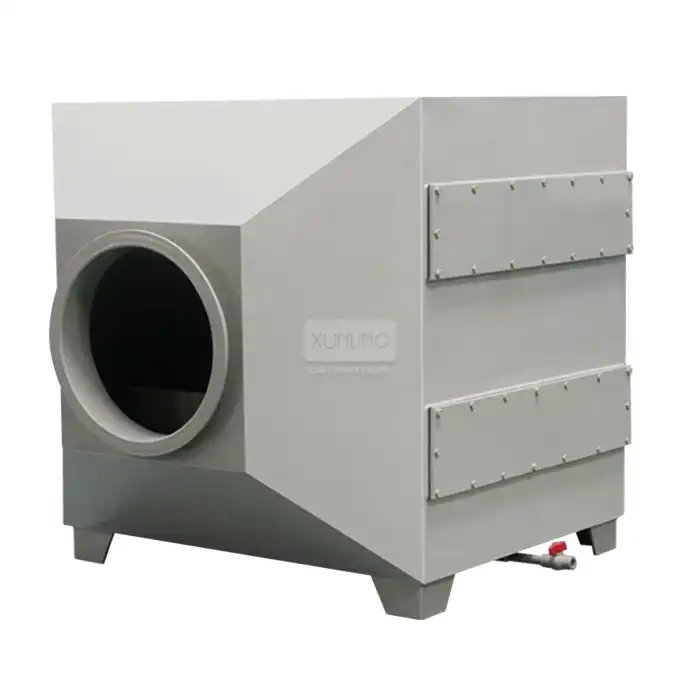
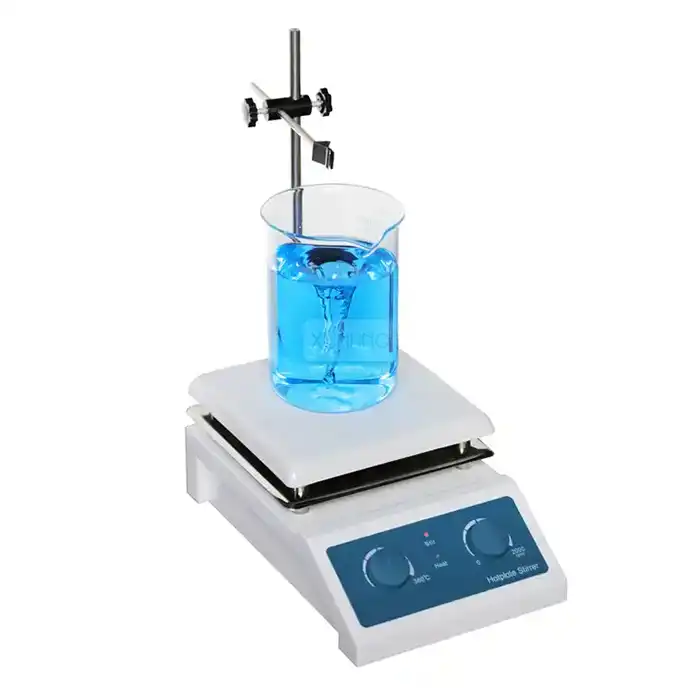
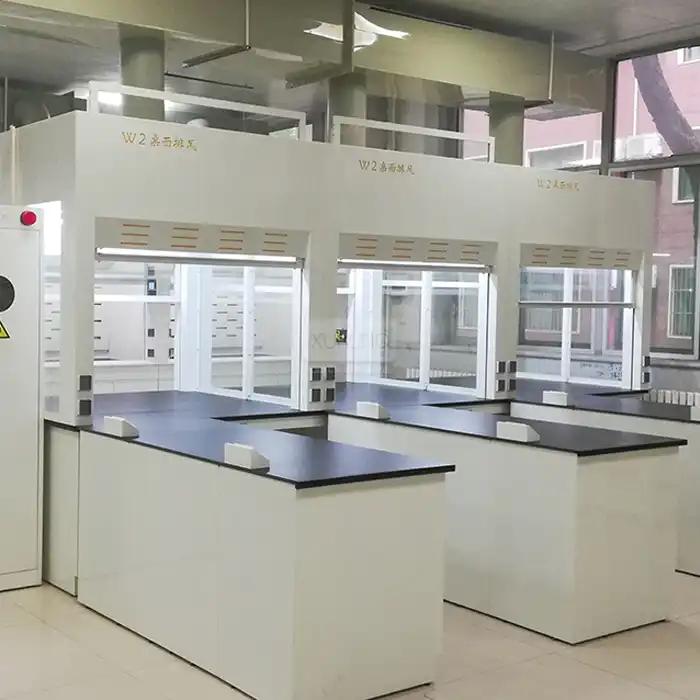
 Control System_1734768462745.webp)

